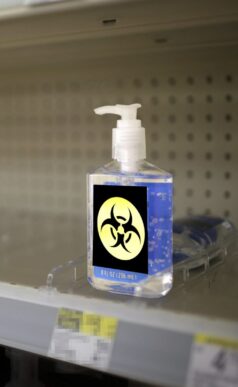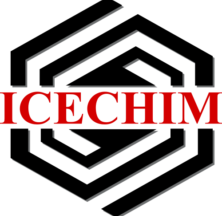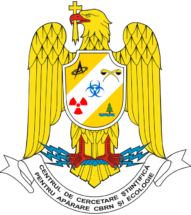Combating the effects of CBRN aggression using new multi-decontamination systems
POLIDEC
SECURE-NET – Component project 1
70PCCDI/2018 – PC1
Component project 1 within the complex project Contingency of CBRN hazards and improvement of national security resources – SECURE-NET
Project goal

By this project, the partners bring new contributions to the fight against the effects of CBRN agents through the implementation of new multi-purpose decontamination systems.
Enhanced surfactant-based decontamination solutions with a high foaming agent will be provided, facilitating intimate contact with toxic agent particles on contaminated surfaces, and favouring chemical reactions and the impregnation with CBRN-related chemicals.
The innovative solution is based on the selection of surfactants that not only increase the solubility of the agents in the aqueous medium but actually contribute to the decontamination process.
Contracting authority: Executive Unit for Financing Higher Education, Research, Development and Innovation (UEFISCDI)
Implementation period: 19/03/2018-18/08/2021
Total budget: 925.000 lei
Budget for the partner ICECHIM: 400.000 lei
Component project director: Dr. Eng. Irina Elena Chican

The main objective of the project is to achieve improved decontamination solutions, based on surfactants, with a high foaming factor, facilitating intimate contact with toxic agent particles on contaminated surfaces and promoting chemical reactions and absorption of toxic CBRN substances. The innovative solution will be based on the selection of surfactants that not only increase the solubility of the agents in the aqueous medium, but also effectively contribute to the decontamination process.
- Obtaining an improved decontamination solution, based on surfactants, with a high foaming factor, facilitating intimate contact with the toxic agent particles on the contaminated surfaces and favoring the chemical and embedding reactions of CBRN toxicants;
- Obtaining polymeric gels for radioactive decontamination of porous surfaces, with the ability to achieve ion exchange with radionuclides and absorption in the polymeric gel;
- Development of a multipurpose decontamination kit that can be used on several types of surfaces, flexible or rigid.
Studies and experimental models.
ICECHIM activities:
- Determination of decontamination requirements and methods, depending on the types of biological, chemical and radiological agents used predominantly in CBRN aggressions, and types of decontamination agents;
- Establishing the performance criteria for surfactants and decontamination systems in relation to contaminant types and decontamination modalities;
- Establishment of the protocol on the analytical characterization of decontamination systems.
Development of Functional Models and Technologies.
ICECHIM activities:
- Synthesis and characterization of amino acid-based surfactants used in CBRN decontamination, selection of optimal structure;
- Elaboration of the conditioning experimental model of the decontamination products based on surfactants;
- Testing the efficiency of decontamination products within the premises of the National Defence System.
Optimization and Starting Demonstration Studies.
Completion of Demonstration Studies.




